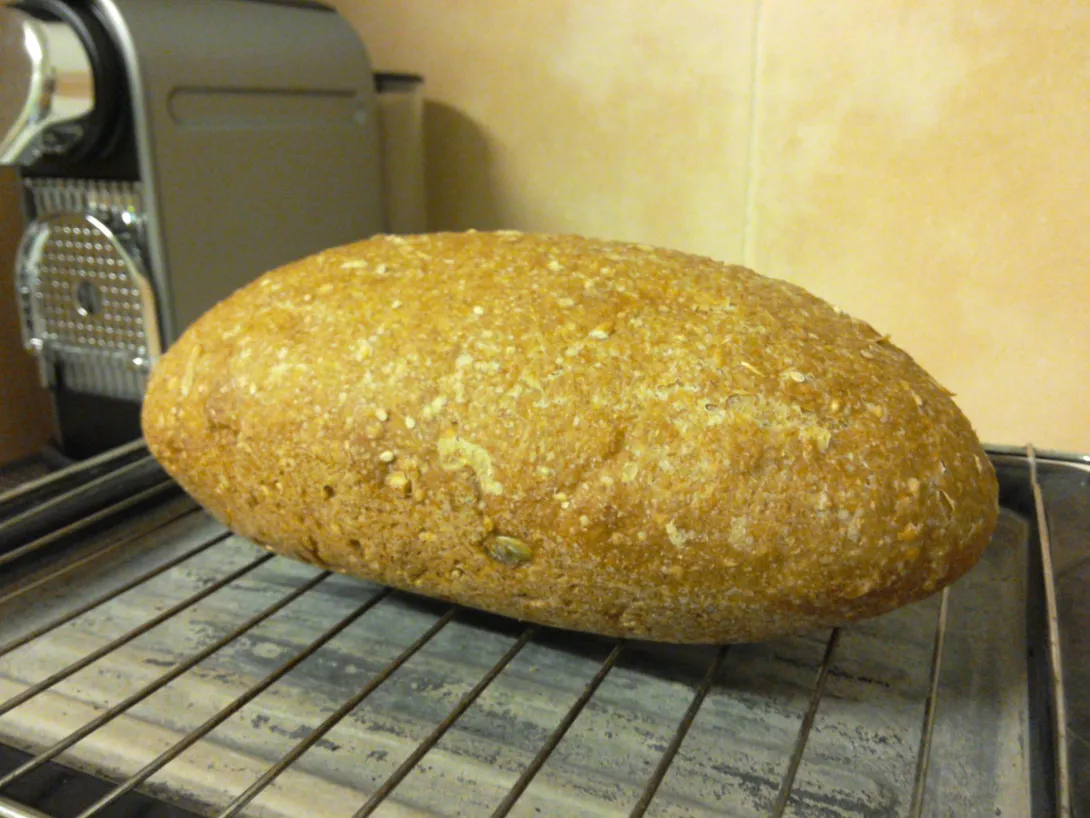
Saccharomyces Boulardii is the probiotic strain of Saccharomyces Cerevisiae (bakers yeast). Long to be thought of as a different species altogether it's now known to belong to the same family as S. Cerevisiae. While similar it does have unique properties making it the more beneficial of the two health-wise. Hence it is the only strain of yeast used as a probiotic.
"S. boulardii is a unique microorganism and has vastly different strain-specific properties to other yeasts in the same S. cerevisiae species, in the same way that different strains of bacteria may have completely different actions and properties to other strains within the same species".
Saccharomyces [genus] cerevisiae [species] var boulardii [strain]
That's the most I've gotten out of all the articles. Lots of science speak which can make anyone's head spin. One difference that does jump out is that S. Boulardii can survive in a higher acidic environment much better than S. Cerevisiae. I only mention this as it can lead to other interesting discussions and experiments when it comes to sourdough. Since the most common wild yeast in sourdough is S. Cerevisiae and we do know that if one's starter is very acidic it can affect the rise then perhaos there's something here we can learn from. This is why S. Boulardii is the probiotic because it survives in the stomach.
Anyway, I bought some from my local health food shop together with kefir and thought why not make a bread from these two ingredients. S. Boulardii the yeast together with the lactic acid producing bacteria from the kefir should make an interesting sourdough type bread. A quick calculation in my head gave me this...
- 450g whole spelt flour
- 265g water (+ extra)
- 50g kefir
- 9g salt
- 4 x 250mg S. Boulardii capsules
- Pumpkin, Sesame, Sunflower and Flaxseeds - as much as you like
1: Mix the yeast into the flour, make a well, add the kefir and 265g water then form the dough. Autolyse for one hour. (Normally I'd autolyse without starter/yeast but not knowing how long it'll take and started at 3.30pm with just 1g yeast I added it in from the beginning but most importantly minus the salt).
2: Add the salt plus enough extra water (while combining) till you get the hydration that feels right to you; squeeze and fold the dough till fully incorporated. Rest one hour.
3: Start 4x stretch and folds 30 minutes apart. Use this time to incorporate the seeds. Then rest till bulk ferment is done (about 6 hours in total from autolyse).
4: Shape and final proof for 40 min - 1 hour.
5: Bake.
Everything went so well. A pleasure to make. I know that kefir does have leavening qualities however even with 50g kefir the 1g S. Boulardii seemed to work quickly. How much of this success belongs to either ingredient I do not know. 1g normal yeast to 450g flour I imagine would take longer than 6 hours. I've done kefir bread in the past but that was done by making a preferment with it. Putting it straight in the dough I'm not sure how quickly it should have worked if I had replied only on the kefir. Anyway, it smelled lovely and rose well. Crumb shot and taste report tomorrow...
we don't see to much kefir bread around here for sure and not many spelt breads either so this one is a one of a kind. Hard not to like. Can't imagine how it tastes but it must be good! Can't wait to see the crumb
Well done and Happy baking Abe!
Lately i've been aiming for a "perfect" proof where it reaches its maximum height without compromise all the while keeping a perfect dome without bursting the seams. I've given up aiming for a perfect scoring and I don't wish to go too under so there's runaway spring. It was easier to do with a yeasted spelt.
Just been explaining on another post that this loaf came out well. Kefir made a lovely soft crumb but not much in the way of a tang. Yeast worked a treat. But while it is a lovely well risen soft loaf it isn't a sourdough I've come so accustomed to. The seeds give great flavour and even better toasted so they save the day. Still, I rarely do yeasted nowadays, the experiment was interesting and came out a success. Doing different types of loaves does add to the repertoire and variety is good too. While it is flavoursome and will be enjoyed I am thinking about the next sourdough I'm going to make while eating this.
P.s. it'll be a Red Fife recipe from Anson Mills. The crumb shot is in the way.
so this is no exception. It is a fine looking loaf and I have been waitingfor a crumb shot, :). I agree about baking a yeasted loaf after doing mostly SD. I plan to do some small yeasted buns for Christmas, just got to decide on the recipe.
Lovely bake Abe
Leslie
PS very interesting re yeast variety! thanks for that little gem.
I do love experimenting. Promise a crumb shot when I slide some for breakfast tomorrow. I'm thinking Christmas loaves should either be sweet filled with fruit or spicy like mulled wine. On Purim it is traditional to make challah sweet. Often filled with fruit and even hundreds and thousands sprinkles on top. Just type in Purim Challah recipe for ideas. Perhaps you can turn them into Christmas buns. Will certainly have flavour being enriched and sweetened.
Had this S. Boulardii idea lurking at the back of my mind and when I saw them while browsing in the health store I thought why not!?
Merry Christmas Leslie.